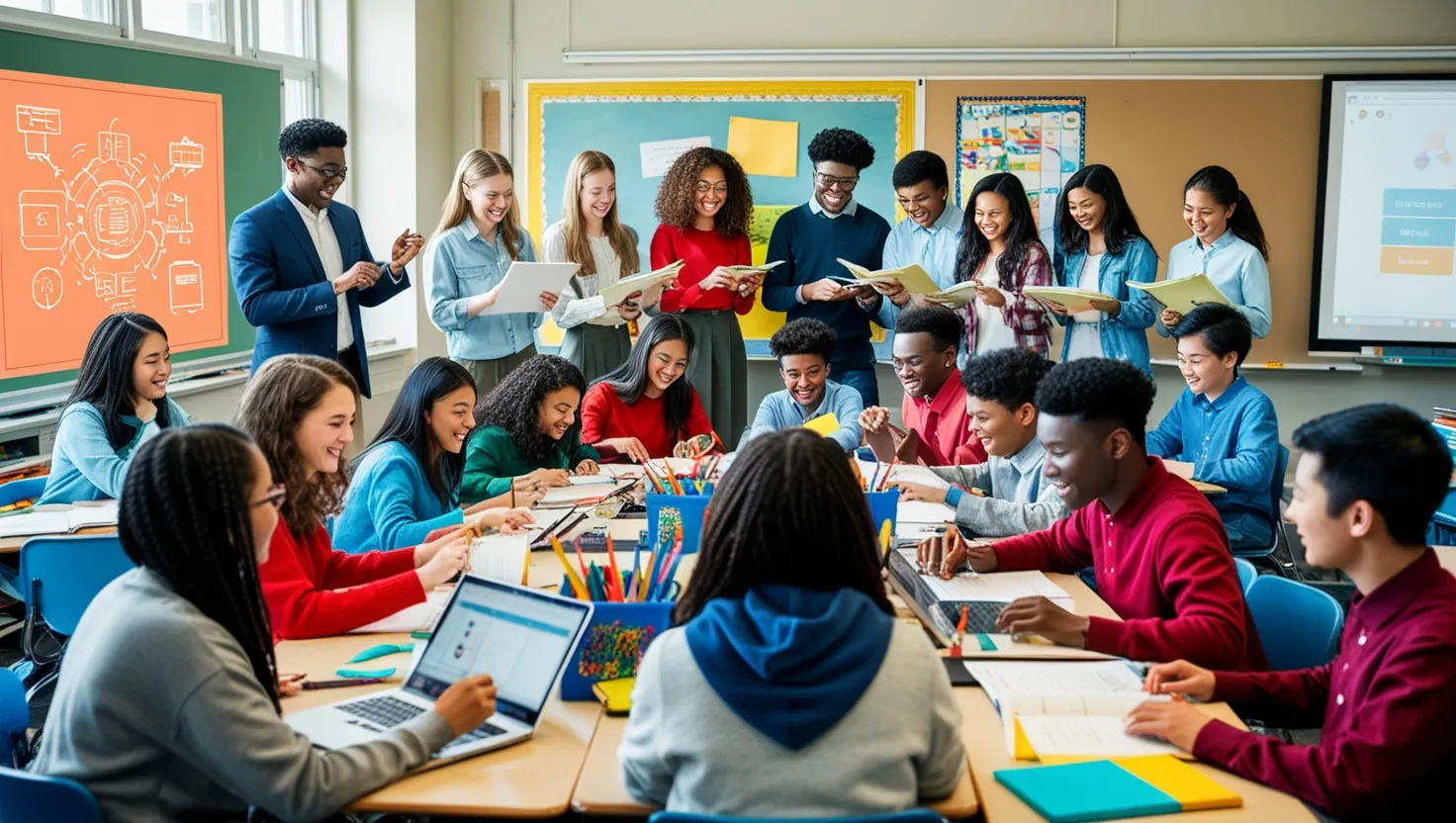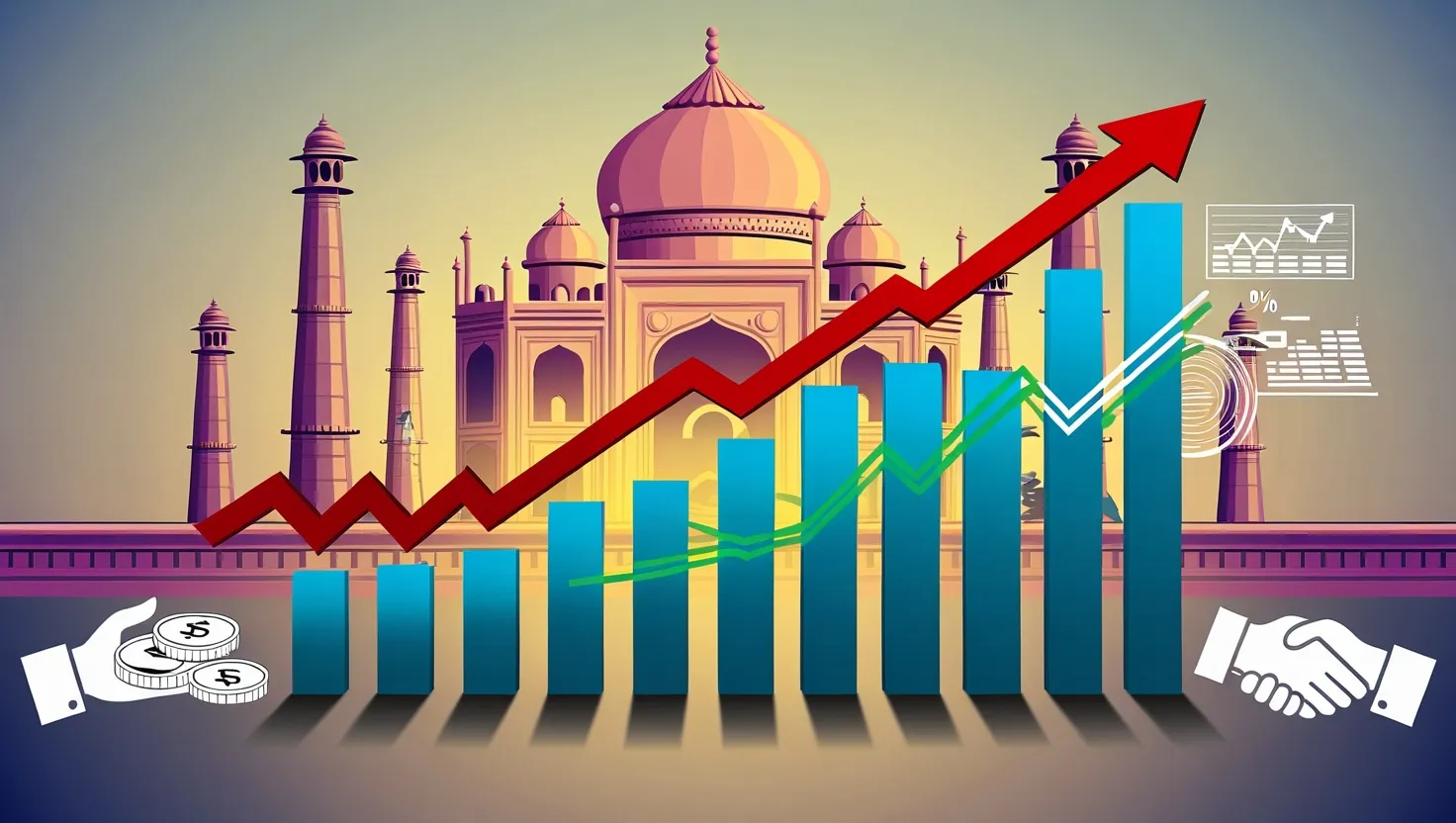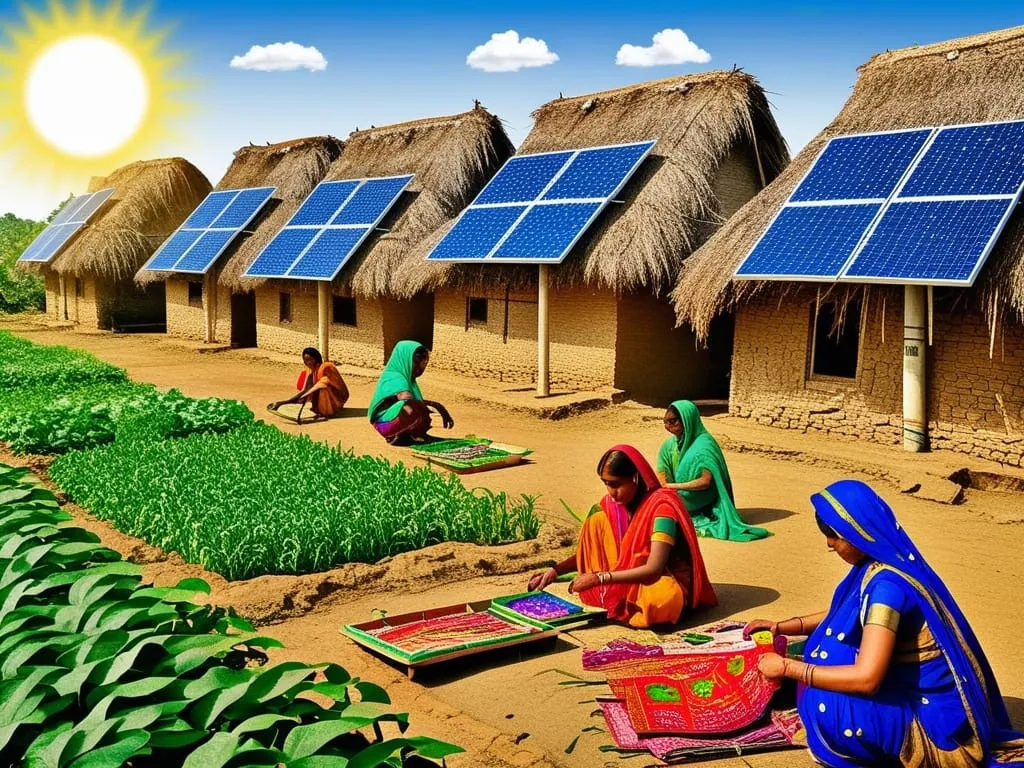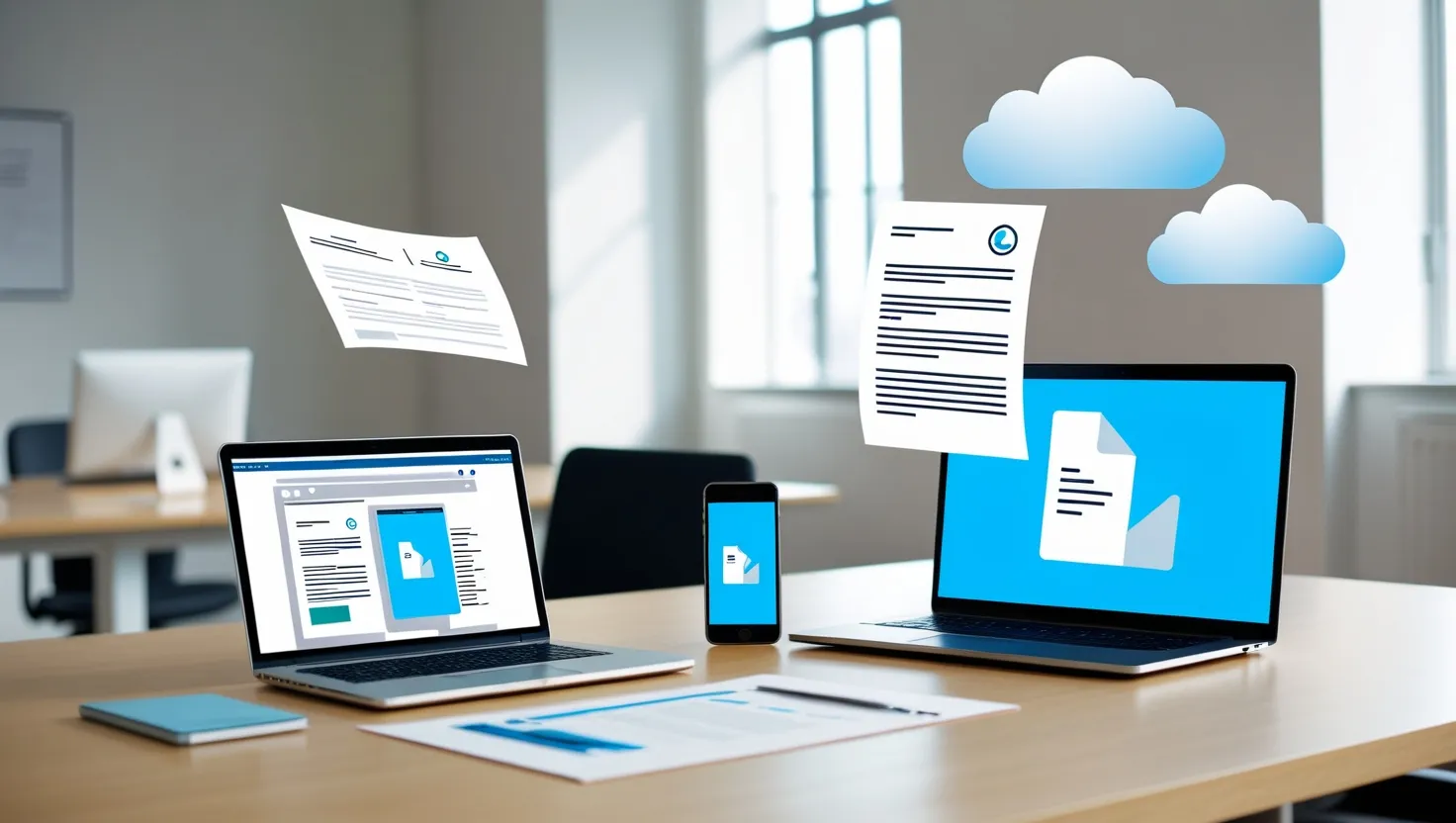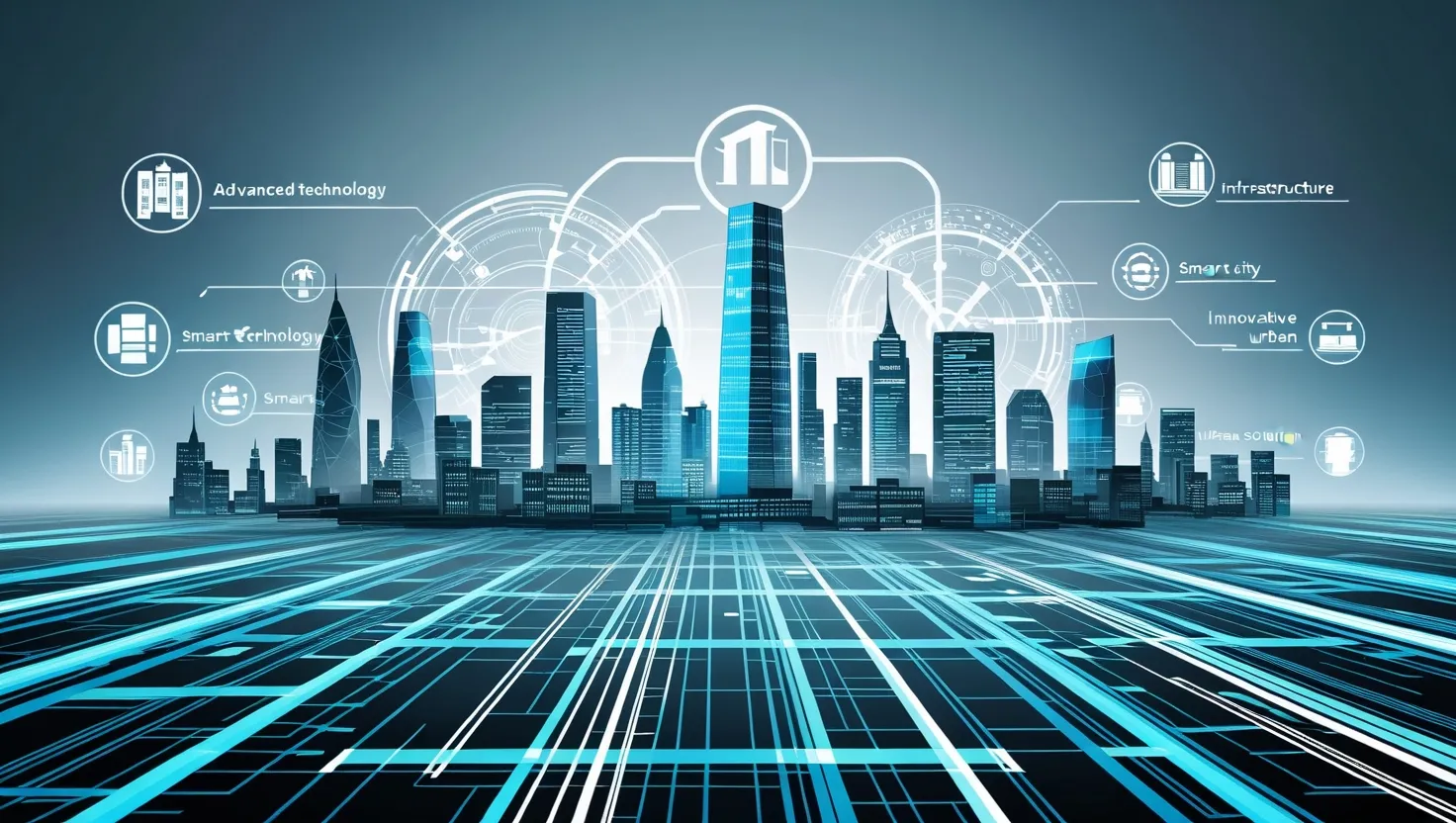As I reflect on the transformative journey of India’s education system, it becomes clear that the past few years have been a period of significant change and innovation. The National Education Policy 2020, or NEP 2020, has been a cornerstone of these reforms, aiming to revolutionize the way India approaches education.
One of the most striking aspects of NEP 2020 is its shift from rote learning to a more holistic and inquiry-based approach. This policy marks a departure from the traditional method of memorization and instead focuses on developing critical thinking, complex problem-solving, creativity, and adaptability. The idea is to groom students into well-rounded individuals equipped with the skills necessary for the 21st century. This holistic development encompasses not just intellectual growth but also social, emotional, physical, and mental well-being.
A key component of this holistic approach is the integration of vocational education into mainstream schooling. Starting from Class 6, students are now exposed to vocational training, which includes internships and practical experiences. This early introduction to vocational skills is designed to make education more relevant and practical, preparing students for the workforce from a young age. It’s a bold step towards ensuring that education is not just about academic achievement but also about equipping students with skills that have real-world applications.
Another significant reform is the emphasis on regional languages as a medium of instruction. NEP 2020 encourages the use of local languages in schools, recognizing the importance of mother tongue education in enhancing learning outcomes. This move is not just about linguistic preservation but also about making education more accessible and inclusive. When students learn in their native language, they are more likely to engage deeply with the material, leading to better comprehension and retention.
In the digital age, it’s imperative that education keeps pace with technological advancements. The introduction of coding and artificial intelligence in the school curriculum is a forward-thinking move that prepares students for a future dominated by technology. These subjects are no longer confined to higher education; instead, they are being integrated into the school curriculum to foster an early interest and proficiency in these areas. This not only enhances employability but also encourages innovation and creativity among young minds.
Higher education governance and autonomy have also undergone significant reforms. The NEP 2020 proposes a multidisciplinary approach to higher education, allowing students to choose from a wide range of disciplines and courses. This flexibility is designed to foster versatility and adaptability, enabling students to pursue their interests without being confined to a single stream. The policy also introduces the concept of multiple entry and exit points, allowing students to take breaks and re-enter the education system at various stages. This approach recognizes that learning is a lifelong process and that students may need to balance education with other responsibilities.
The implementation of these reforms, however, is not without its challenges. One of the major hurdles is the infrastructure and resource gap, particularly in rural areas. Ensuring that all schools have the necessary resources and technology to support these new initiatives is a daunting task. Additionally, there is a need for significant teacher training to adapt to the new pedagogical approaches.
Despite these challenges, the potential long-term impacts of these reforms are promising. By focusing on holistic development, vocational skills, and technological literacy, India is poised to create a workforce that is not only skilled but also adaptable and innovative. This could have a profound impact on India’s economic competitiveness, as a well-educated and skilled workforce is a key driver of economic growth.
Moreover, these reforms aim to make education more inclusive and equitable. Special provisions for marginalized groups, such as Scheduled Castes, Scheduled Tribes, and other backward classes, ensure that everyone has equal access to quality education. This inclusivity is crucial for building a society where opportunities are not limited by socio-economic status.
As India embarks on this educational journey, it’s clear that the path ahead will be filled with both opportunities and challenges. However, the vision behind these reforms is compelling – to create an education system that is not just about academic achievement but about fostering well-rounded, skilled, and innovative individuals who are ready to face the challenges of the 21st century.
In this transformative era, it’s exciting to think about the kind of learners and leaders these reforms will produce. Students who are not just knowledgeable but also critically thinking, creatively problem-solving, and socially responsible. The future of India’s education landscape is indeed bright, and these reforms are the first steps towards a more enlightened, equitable, and innovative society.
